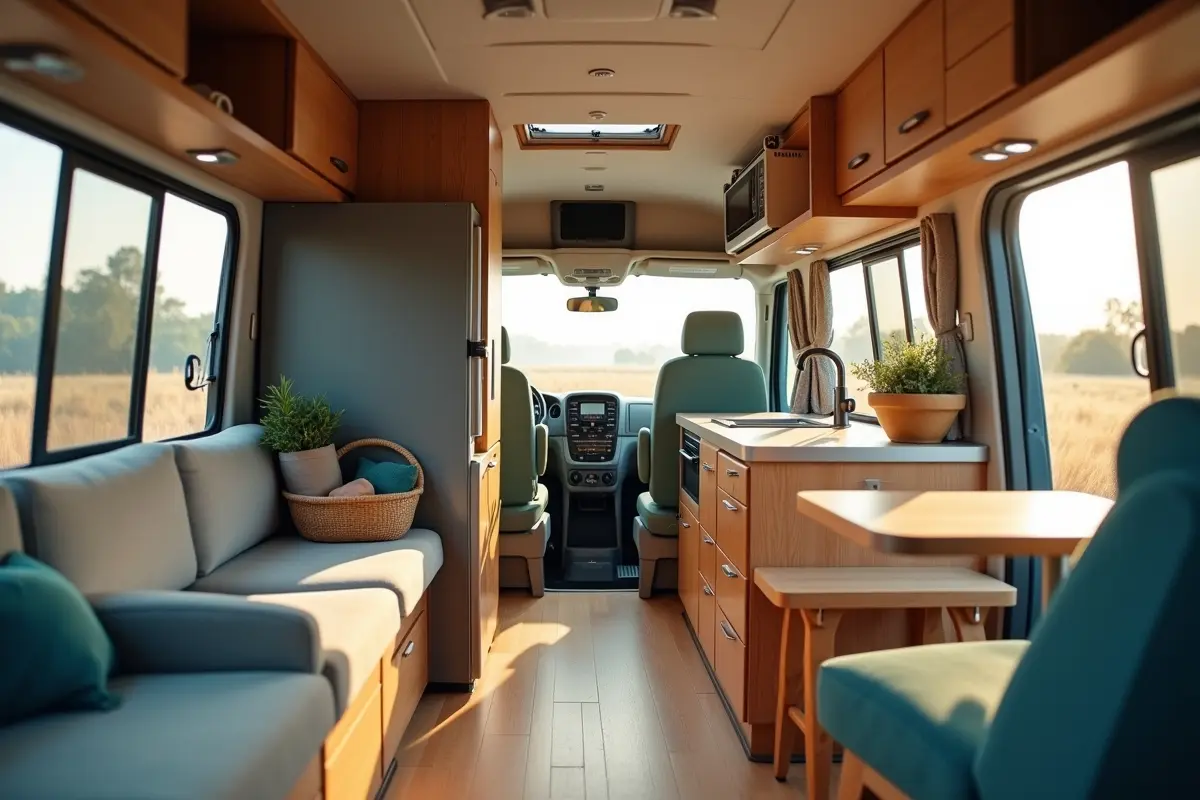The conversation about senior safety used to be pretty straightforward – either someone lived at home with family keeping an eye on them, or they moved to a facility where staff could monitor their wellbeing. But these days, the reality is much more nuanced. Seniors are staying in their own homes longer, choosing active adult communities, or moving between different living arrangements as their needs change.
What’s interesting is how safety technology has adapted to work across all these different scenarios. The same devices and systems that help someone living independently can also enhance safety in senior communities – and that flexibility is becoming really important as people’s living situations evolve.
The Challenge of Different Living Environments
Living alone at 75 presents totally different safety challenges than living in a senior community. At home, there’s no one to notice if someone doesn’t come down for breakfast or seems confused. But there’s also complete privacy and familiar surroundings. In a community setting, there are people around and structured activities, but also shared spaces and different routines to navigate.
The thing is, both situations benefit from having reliable ways to get help quickly when something goes wrong. Whether it’s a medical emergency, a fall, or just feeling unsafe, the ability to connect with assistance makes a huge difference in how confident people feel about their living situation.
Many families find that having dependable emergency response options becomes the deciding factor in whether their loved one can maintain their preferred living arrangement. Options such as the Life Assure emergency call button provide that crucial connection to help regardless of where someone chooses to live, offering families peace of mind that assistance is always just a button press away.
Technology That Travels With You
One of the smartest developments in senior safety has been devices that aren’t tied to a specific location or living arrangement. Wearable emergency buttons, GPS-enabled pendants, and mobile alert systems work whether someone is in their own kitchen, walking in a senior community garden, or visiting family across town.
This mobility matters more than people might think. Seniors who move between different living situations – maybe spending winters in a senior community and summers at home – don’t want to learn new systems or lose their safety net during transitions. Having technology that adapts to different environments removes one more barrier to flexibility in living arrangements.
The best safety devices also work with existing support systems rather than replacing them. In a senior community, an emergency alert might go to both the device’s monitoring center and the facility’s staff. At home, it might contact family members and emergency services. The technology adapts to the available resources.
What Works in Senior Communities
Senior living communities often have their own emergency response protocols, but personal safety devices still add value. They provide an extra layer of protection during activities outside the main building, in private apartments, or during times when staff might be occupied with other residents.
Many communities actually encourage residents to maintain their personal emergency devices because it reduces response time and provides more detailed information to first responders. The device’s monitoring center can relay medical history and emergency contacts while staff provide immediate on-site assistance.
Some communities have found that residents who bring their own safety technology tend to be more active and confident about participating in activities. They’re not worried about being too far from a call button or nurse’s station.
Independent Living Considerations
For seniors living independently, safety technology often becomes the bridge between complete self-reliance and needing more structured care. The right system can extend the time someone can safely live alone by providing quick access to help and reassurance to concerned family members.
But not all safety technology works well for independent living. Systems that require complex setup, frequent charging, or regular maintenance can become barriers rather than helps. The most effective devices for independent seniors tend to be simple, reliable, and require minimal ongoing attention.
Location flexibility matters here too. Safety devices that only work at home don’t help when someone is grocery shopping, visiting friends, or attending medical appointments – times when emergencies are just as likely to occur.
The Family Perspective
Families often struggle with finding safety solutions that work across different scenarios. Maybe mom is living independently now but might need to move to assisted living in a few years. Or dad splits time between his own house and a senior apartment. Investing in safety technology that works in multiple environments makes more financial and practical sense than buying new systems for each living situation.
The monitoring and notification features also need to make sense for families. Some want detailed updates about daily activities, while others just want to be contacted during actual emergencies. The best safety systems offer flexible notification options that can be adjusted as circumstances change.
Many families discover that having reliable safety technology actually delays the need for more restrictive living arrangements. When everyone feels confident that help is available quickly, there’s less pressure to make changes before they’re truly necessary.
Making the Right Choice
The senior safety technology landscape can feel overwhelming, with dozens of companies offering similar-sounding products. But the key is finding solutions that match how someone actually lives rather than trying to change their lifestyle to accommodate the technology.
The most successful safety arrangements tend to combine multiple approaches – wearable devices for personal emergencies, home-based systems for broader monitoring, and communication tools that keep families connected. The specific mix depends on individual needs, living situation, and family preferences.
What matters most is that the technology feels manageable and trustworthy to the person using it. The fanciest system in the world won’t help if it sits unused in a drawer because it’s too complicated or unreliable. Simple, effective solutions that work consistently across different environments tend to be the ones people actually rely on when they need help most.




